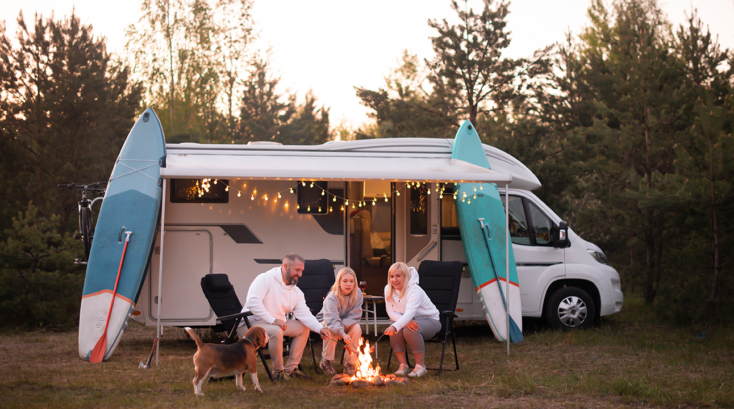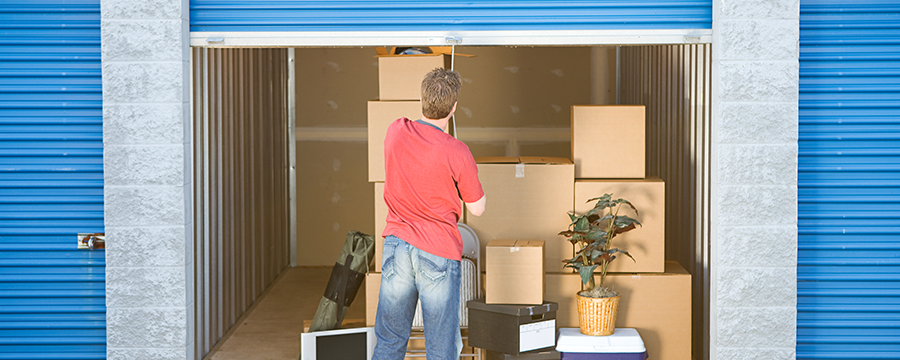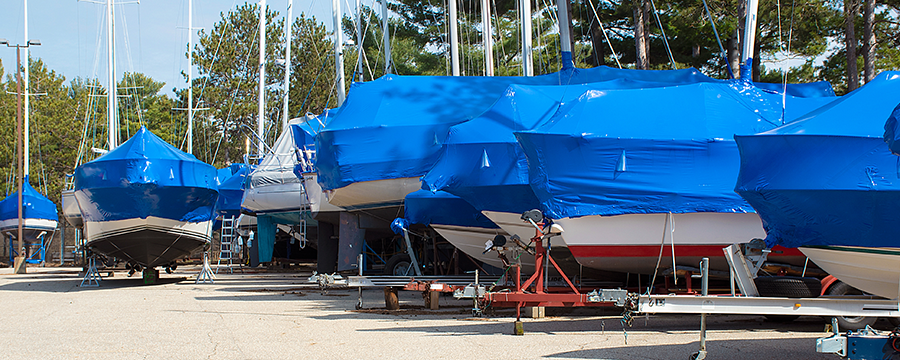Struggling with seasonal inventory, equipment, or promotional materials? A-1 Storage…

At A-1 Storage, we believe that being a local business…

Are you feeling the squeeze? Is your Rio Linda or…

Self-storage facilities are often overlooked, but they’re vital small businesses…

For small businesses in Rio Linda, maximizing every square foot…

For modern RV owners seeking hassle-free storage solutions. When it…

Introduction: Embarking on the journey of downsizing your home can…

Ensuring proper boat storage during the winter months is essential…
Self-storage is actually an art and a science. Doing it…

